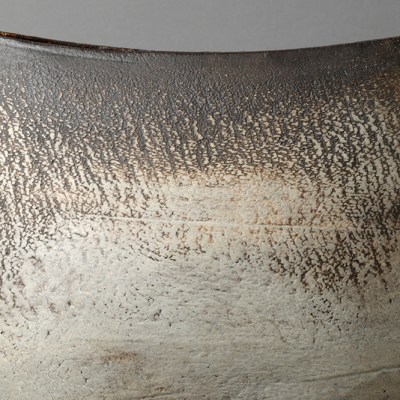From the first experimental woodcuts made during the late Middle Ages to modern silkscreen printing, the Albertina Museum in Vienna (opening 27 January) examines the evolution of graphic arts. Works such as Albrecht Dürer’s The Rhinoceros (1515) reveal how rapid developments in printmaking during this time elevated the status of the medium. During the late 19th century, lithography rose in popularity and was favoured by artists such as Edvard Munch who experimented with variations of his Madonna (1895–1902) in both monochrome and colour. Further experimentations with colour are revealed by later works such as Pablo Picasso’s Portrait of a Woman after Cranach the Younger (1958), for which the modernist turned to coloured lino printing for the first time in his career – the work playfully appropriates Cranach’s Portrait of a Woman (1564). Find out more on the Albertina’s website.
Preview below | View Apollo’s Art Diary
The Rhinoceros (1515), Albrecht Dürer. Albertina, Vienna

Phaeton (1588), Hendrick Goltzius. Albertina, Vienna

Madonna (1895–1902), Edvard Munch. Albertina, Vienna




